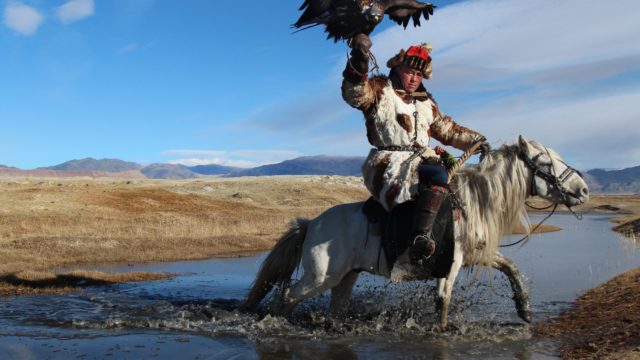
Western Mongolia
The reason Mongolia made my travel radar is the now somewhat famous, Golden Eagle Festival. The festival and the nomadic Kazakh cultural that live within it are located far out in remote Western Mongolia. This region is a three to four hour plane ride from UB, near the Russian border. This post covers three places that I spent time in while in this region: Ölgii, Sagsai and the largest of the cities in Western Mongolia, Khvod. In Ulaanbaatar it is easy to navigate alone but when exploring the Western region, a local guide is essential for an enriching experience. Rather than staying in tourist ger camps or going to events catered towards tourists, I was very lucky to spend timing living with real local Kazakh families and getting several days of personal time with eagle hunters outside the Festival scenario. It was so amazing to witness the way of life and get to know the Kazakh people in an intimate way.
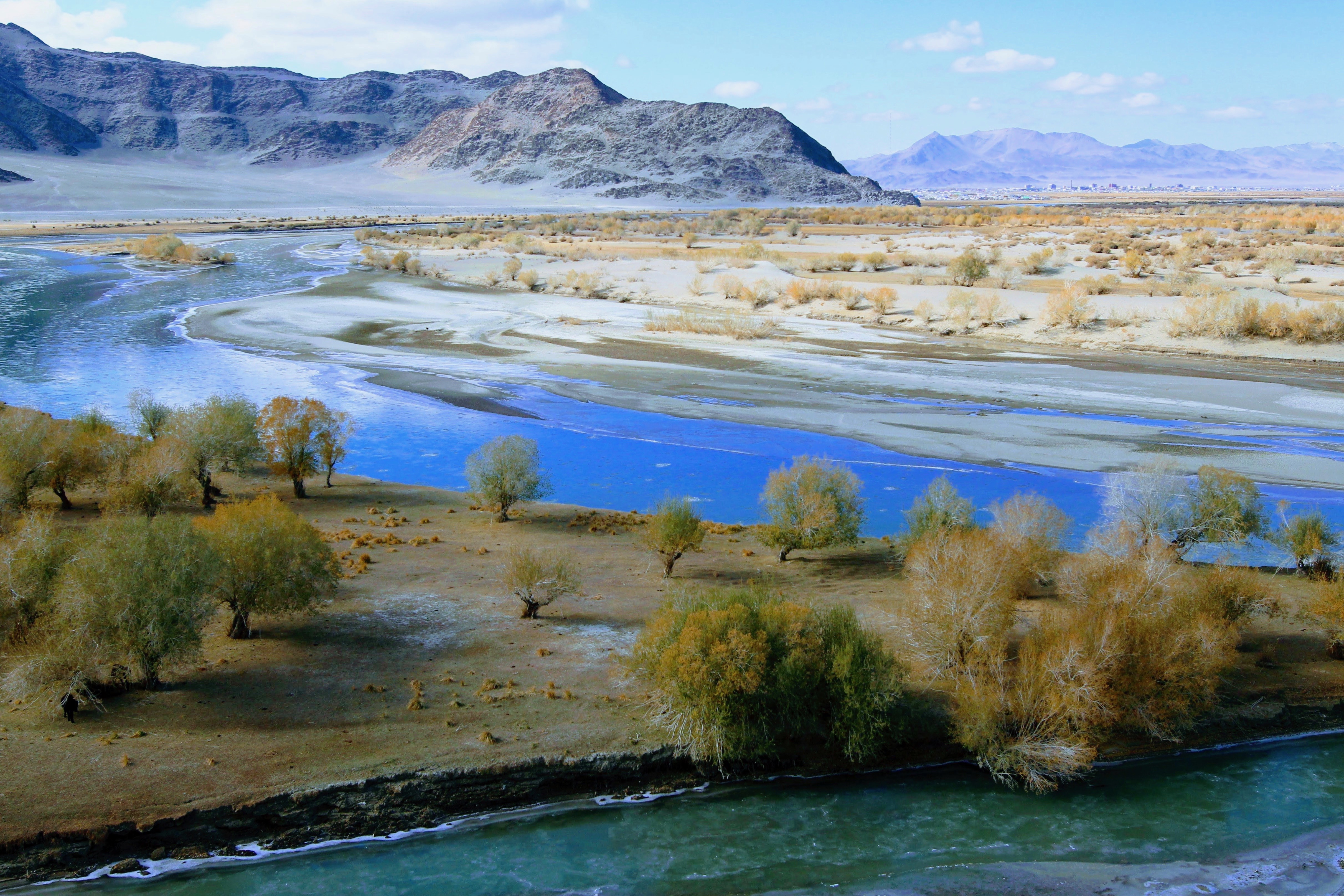
EXPERIENCE
We flew into Ölgii from UB where we spent two nights later in the trip but initially headed straight for Sagsai to stay with a nomadic Kazak family in their traditional ger Camp. The Kazakhs are Muslim and nomadic, moving between the valley and mountains in winter and summer respectively. They survive by tending herds of goats, sheep and horses. Life out here is very remote and quite challenging. During the winter months many of the families have built semi-permanent brick structures to stay warm in addition to the gers. In their small communities there is a well dug and holes for toileting. The gers are heated at night with dried sheep poop and coal. The people out here make beautiful handmade blankets, hats and clothing from the animals they raise and hunt. These pieces are essential for survival in this cold and rugged terrain. This experience was the highlight of my trip and was incredibly authentic since these folks really live like this today.
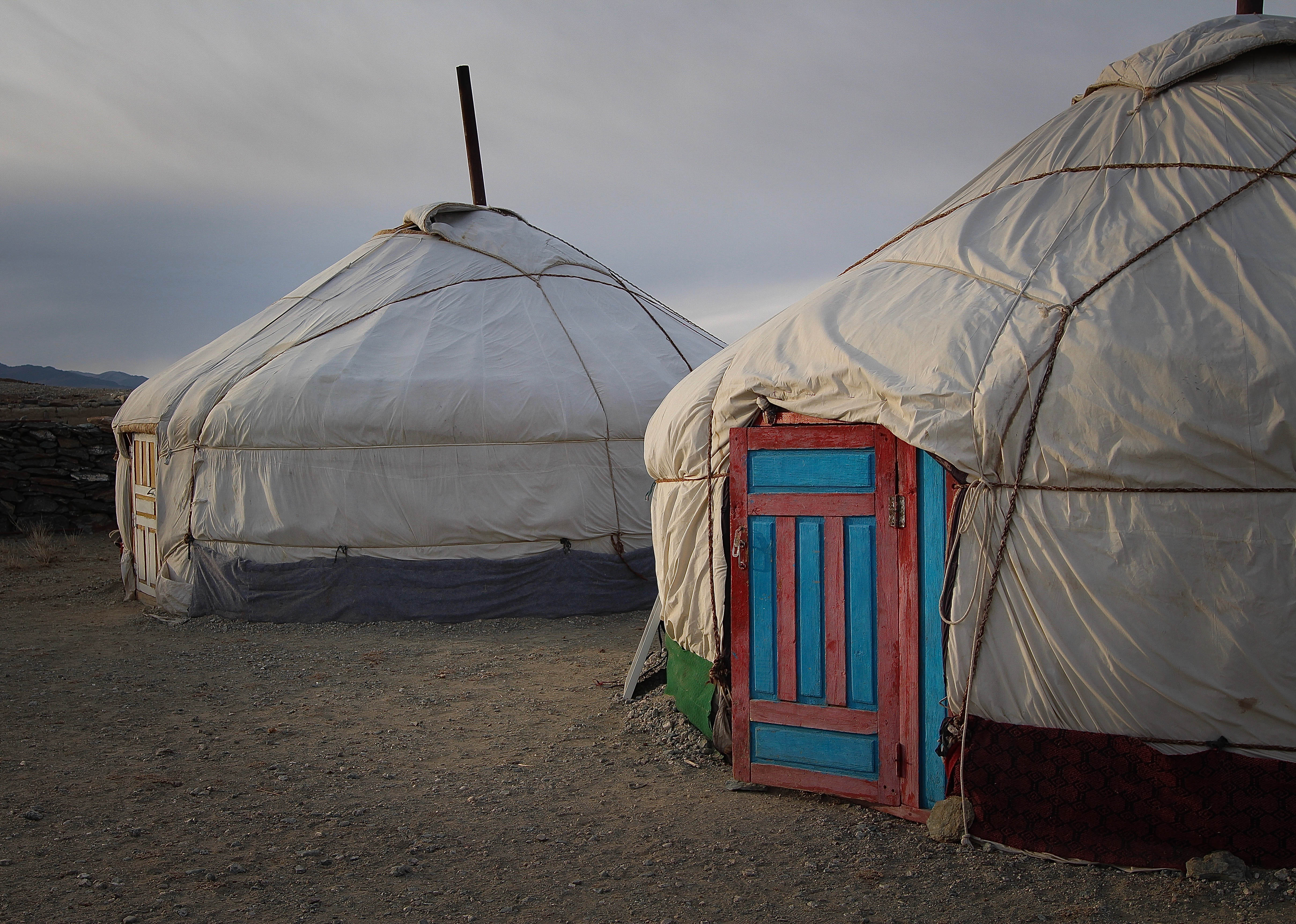
The first days in the valley were spent meeting and photographing Golden Eagle hunters and their animals. I was blown away by the deep relationship each hunter has with his bird. The process these hunters go through to attain a baby eagle, often taking it from a nest nearly one hundred miles away, training it and then partnering with it to hunt for several years before releasing it back to the wild so it can bread and be free. The strong relationship between the bird and the hunter is remarkable. This practice has gone on for centuries and it’s incredible to see it still an authentic part of daily life here and the most reliable way to catch foxes and hares. We happened to be nearby when some hunters came back to camp with a fox. Nothing goes to waste out here in Sagsai, and while the lifestyle seems gruesome at times, it is the way these folks have been surviving for generations.
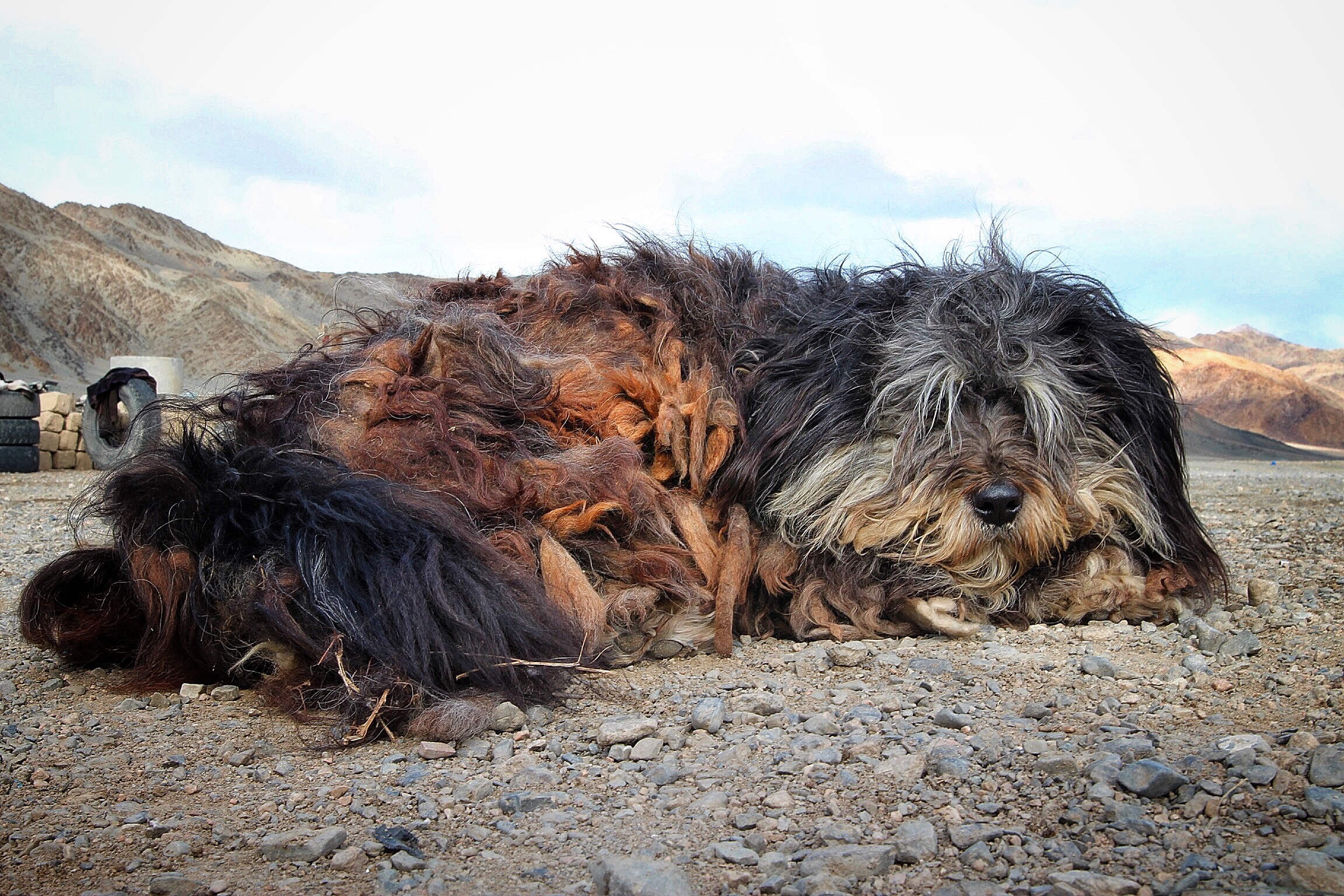
The following day was the Golden Eagle Festival, an event where many eagle hunters come together to compete for prize money and clout. The festival consists of several events. The first of which really highlighted the connection between the eagle and it’s master. The rider releases his eagle from high on peak and then rides down below to see how quickly his eagle will return to his arm to perch when he calls it. Other events at the festival did not involve the eagles at all surprisingly. One of which was called Kokpar. In this event two riders on horseback wrestle over a dead sheep carcass in a game of dead livestock tug of war. This is unusual to watch as a Westerner, but undoubtedly an impressive display of physical strength. Another event involved riders picking up flower petals off the ground while galloping on horseback, hanging their entire bodies off the sides of the horses. A final event seemed to be a more classic taming of a wild horse.
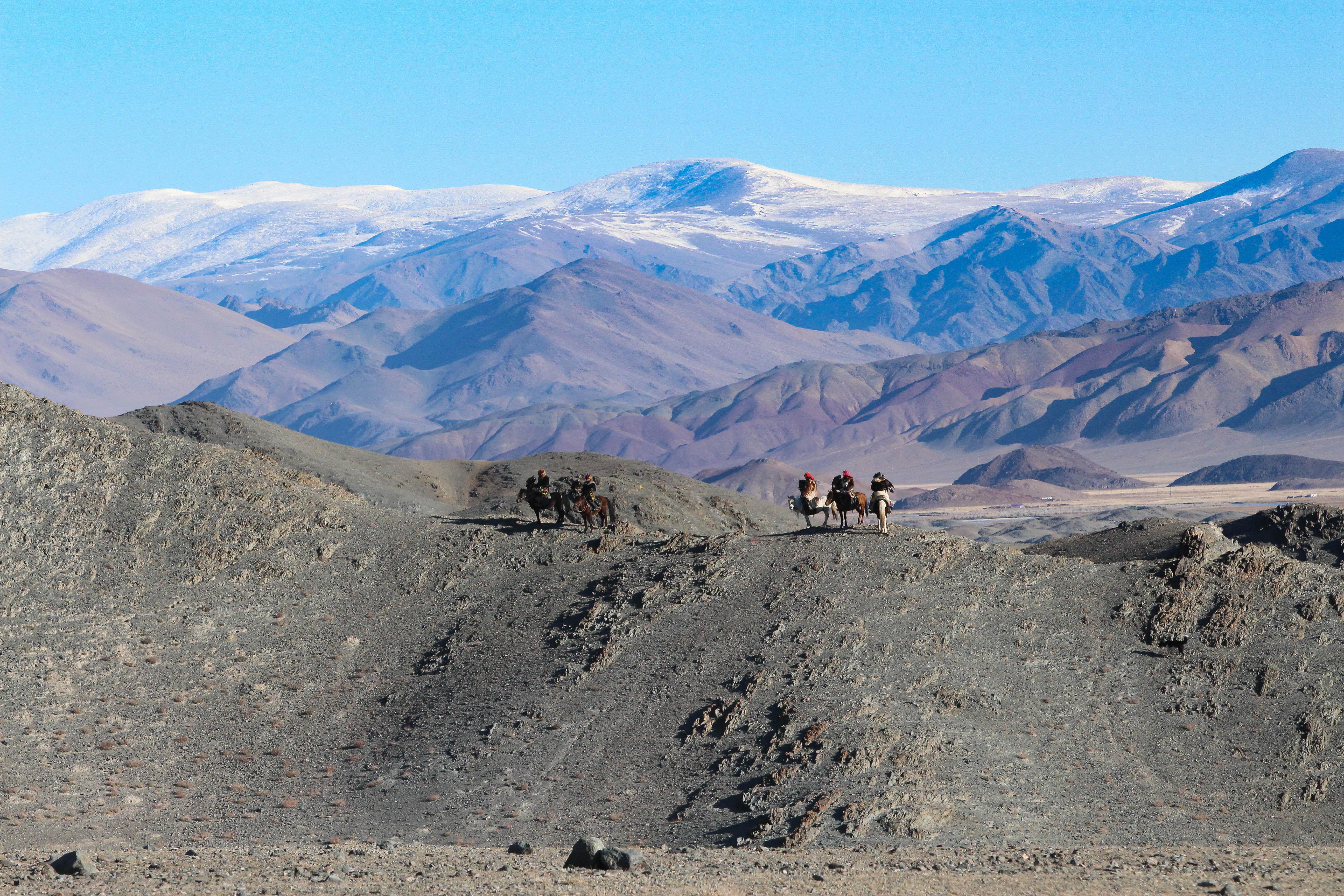
From here we returned to Ölgii for two nights where we did a day trip out to visit with Aioshlpan, of the movie Eagle Huntress, and her family. This was really special to see her home and experience the true Kazakh way of life sampling Airag (fermented mare’s milk) and many other local snacks and treats. Some may already be familiar with the story of Aisholpan from the film, but it’s a wonderful story worth sharing. At 13, Aisholpan began competing as the first female eagle hunteress, trained by her father, Agalai, in a sport previously reserved only for men. Aisholpan impressed Mongolia by winning the Eagle Festival and paved the way for girls to finally join in this centuries’ old hunting tradition. She is an absolutely lovely girl, now 17, with aspirations of becoming a doctor. I got to spend the day with her and her lovely Muslim family out in their very isolated mountain home a few hours outside Ölgii. The best part was, that at the Festival, I met two even younger girls with their own eagles– so inspiring to see how Aisholpan’s courage and talent have already inspired the next generation of Kazakh women!
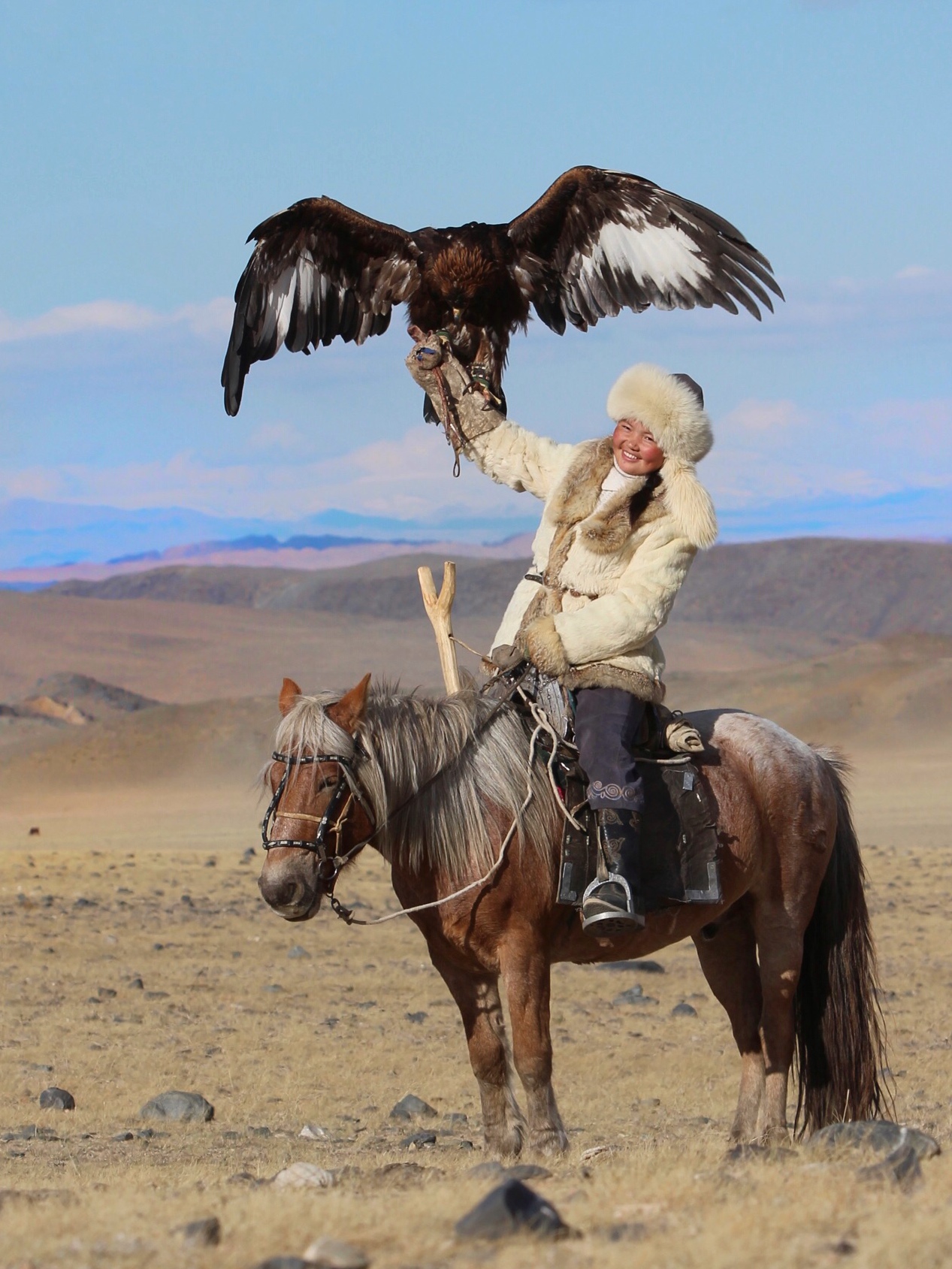
Due to extremely limited flight options from this region, we flew back to UB from Khvod, which is the largest city in Western Mongolia. This meant a six-hour dirt and gravel road drive from Ölgii, which proved to be the most scenic landscapes of the entire trip. The mountain landscapes were covered in snow an absolutely void of development. This region is breathtaking and interrupted only by occasional lakes, camels and herds of horses and sheep. Once in Khvod, we grabbed a quick dinner and explored the local market and streets. Since Khvod is the largest city in Western Mongolia, I thought it might be fun to see what big city life is actually like in these parts. I decided to invite myself out with the guide and drivers for karaoke and dancing in a local nightclub. This was a really memorable experience mainly because of the fusion of cultures that was again very apparent. In the nightclub we sat at a table—Muslim, Christian, Jewish, Shamanist and Buddhist religions all represented and without any conflict. It was also clear how the Russian influence has impacted the bar menu, with really only Mongolian beers and bottles of vodka for sale in the nightclub. I was a little surprised to see out innocent seeming crew each slam three shots of vodka to get the night started, apparently this part of their Soviet Era history remains influential. Karaoke was also fun, given we had already gotten the chance to see just how much Mongolian people love to sing. Twice while in the West we were treated to local music demonstrations that were fantastic. Throat singing is the unique intangible UNESCO heritage marker in Mongolia, and really worth making time to see while in Mongolia.
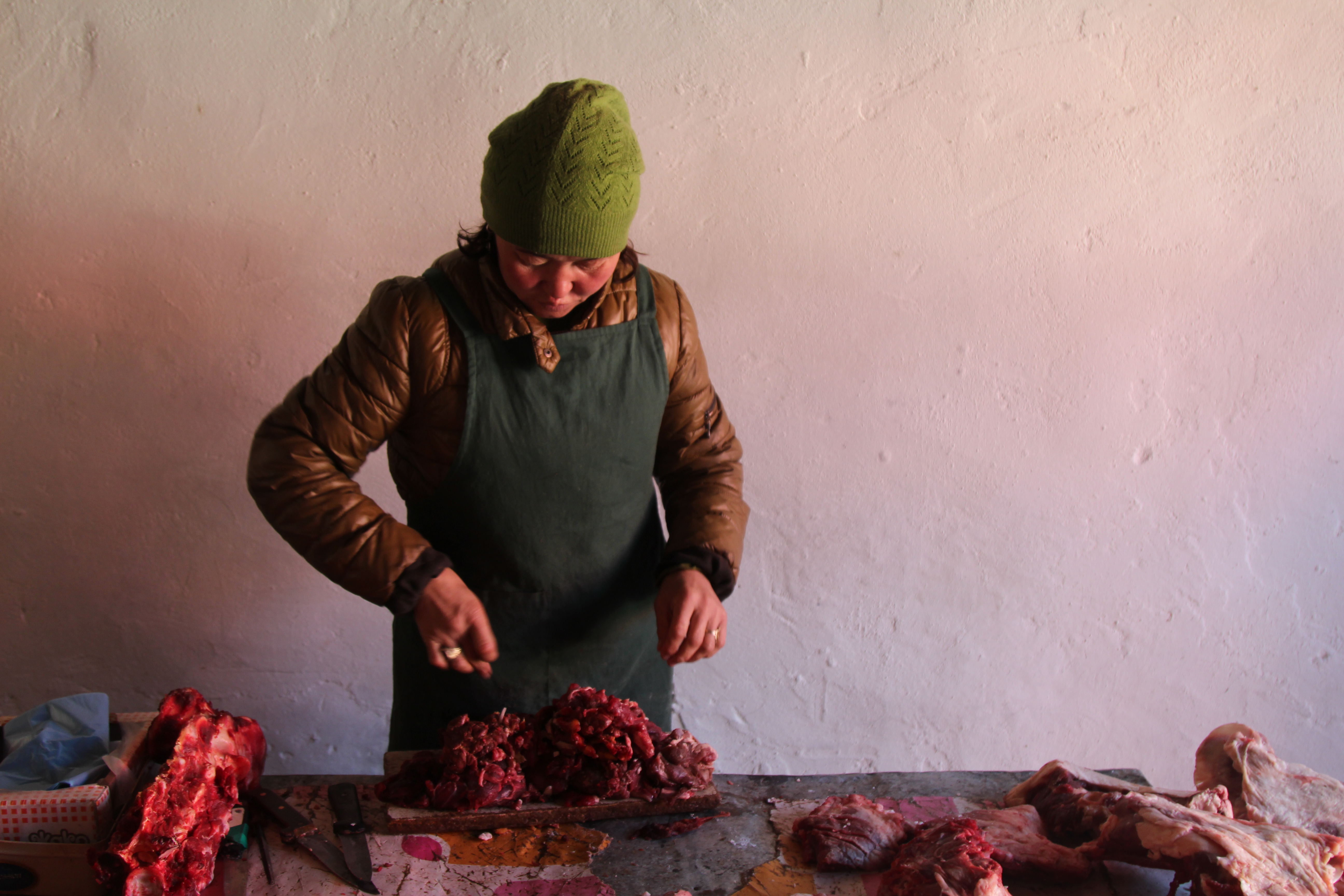
STAY
While in Sagsai we stayed with a Kazakh family in a traditional ger Camp for the first several nights in the countryside. As I mentioned, this was cold and camping like but one of the most memorable parts of the trip. Complete immersion in the Kazakh nomad culture makes the practice of Eagle Hunting so much more impressive.
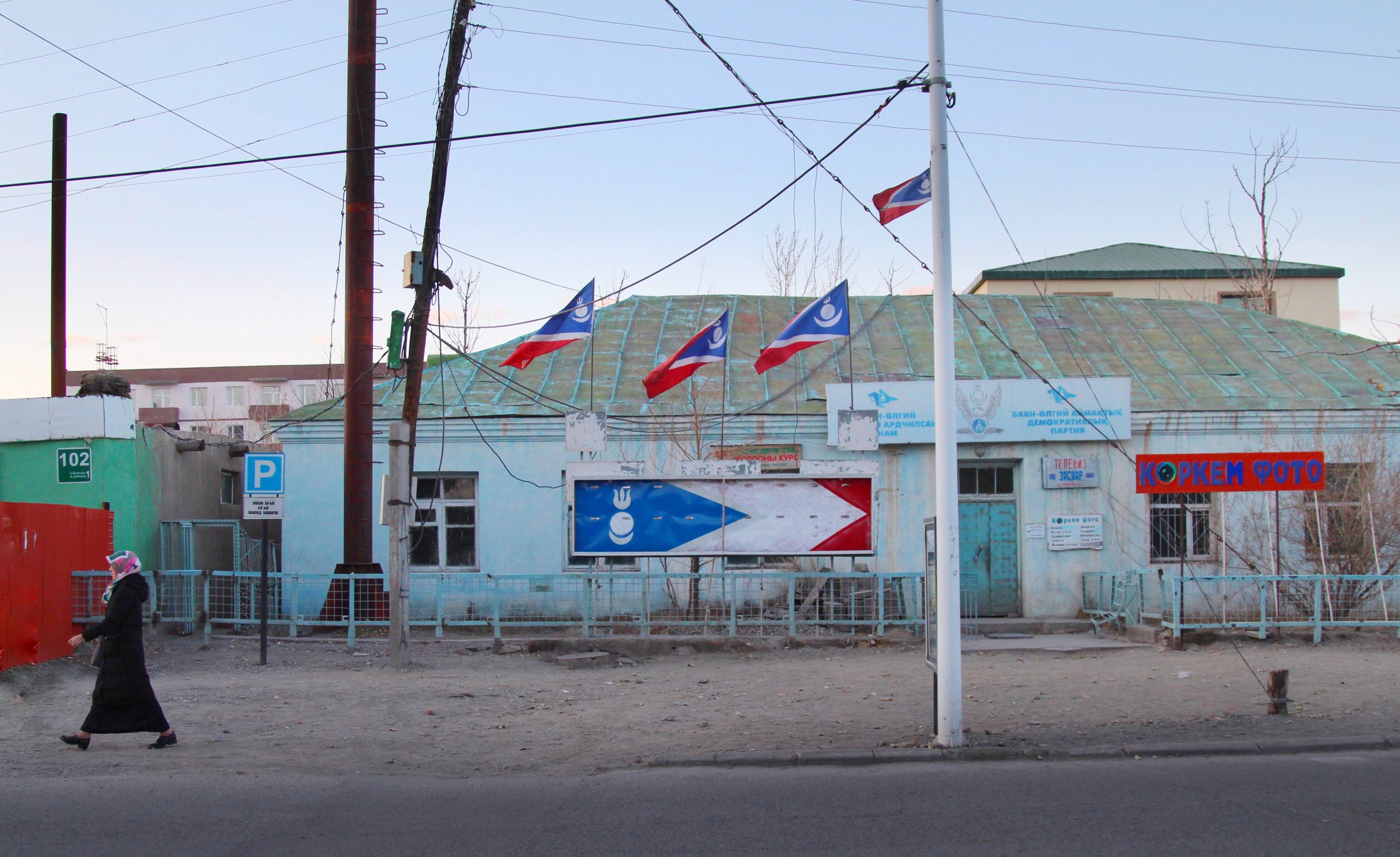
The remainder of my nights in Ölgii were spent in the Eagle’s Nest Hotel. This hotel is the bare minimum but manages to have hot water, heat and beer for sale. The windows are broken, the sheets are stained and the tub was filthy, but after three wintery days in a ger Camp this place was a welcome refuge. I cannot recommend this hotel other than for the fact that it is the only choice.
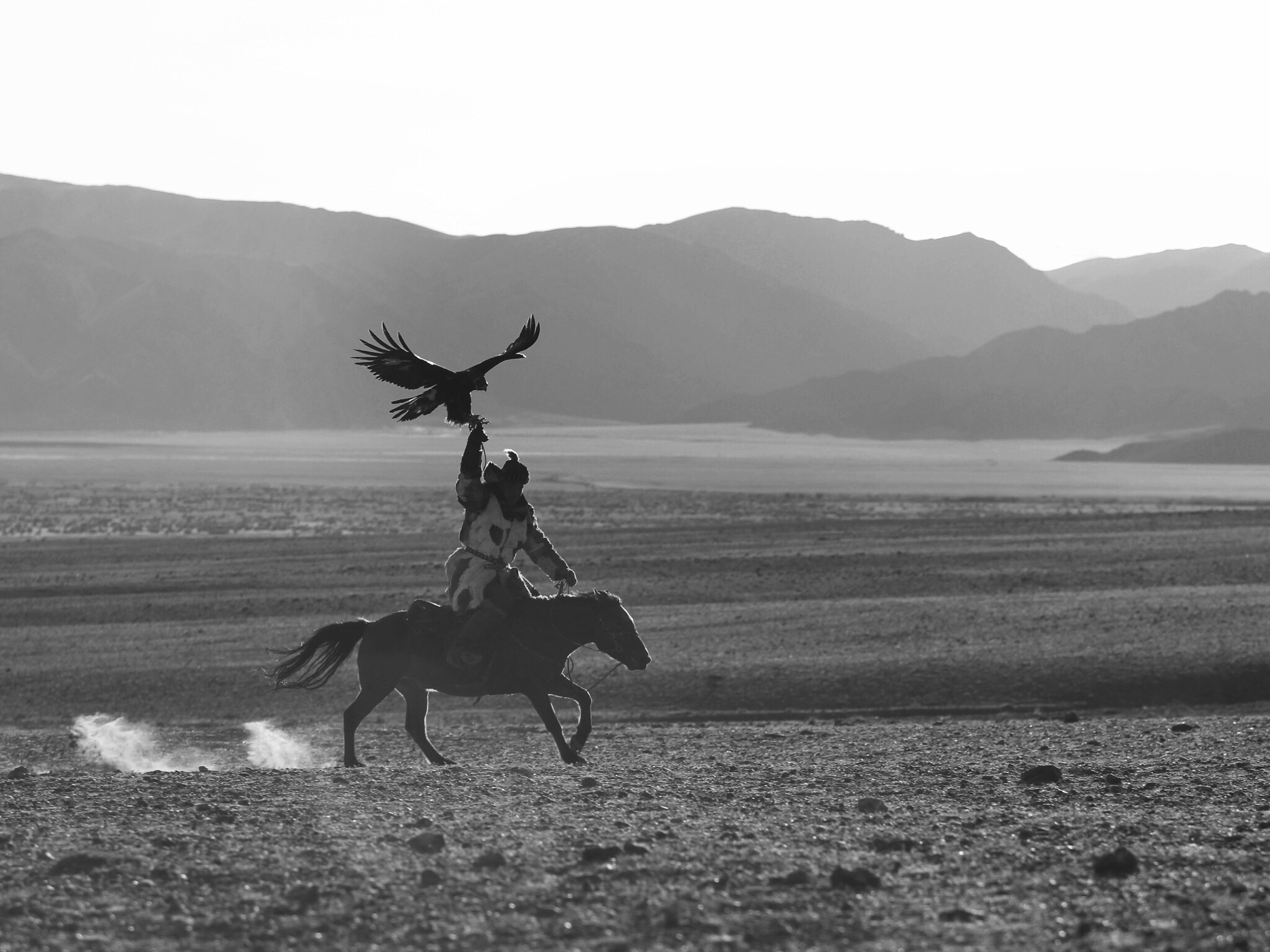
In Khvod we stayed in another unimpressive hotel called Khvod Hotel. This place is perhaps even more eclectic and grimy than the Eagle’s Nest. With a small ration of crepe paper toilet paper, abysmal WiFi and a breakfast too risky to touch, I was grateful that the cooler climate meant there were no visible bugs or vermin. Approach your stay here with a “slightly better than camping” mindset and you will be less frustrated.
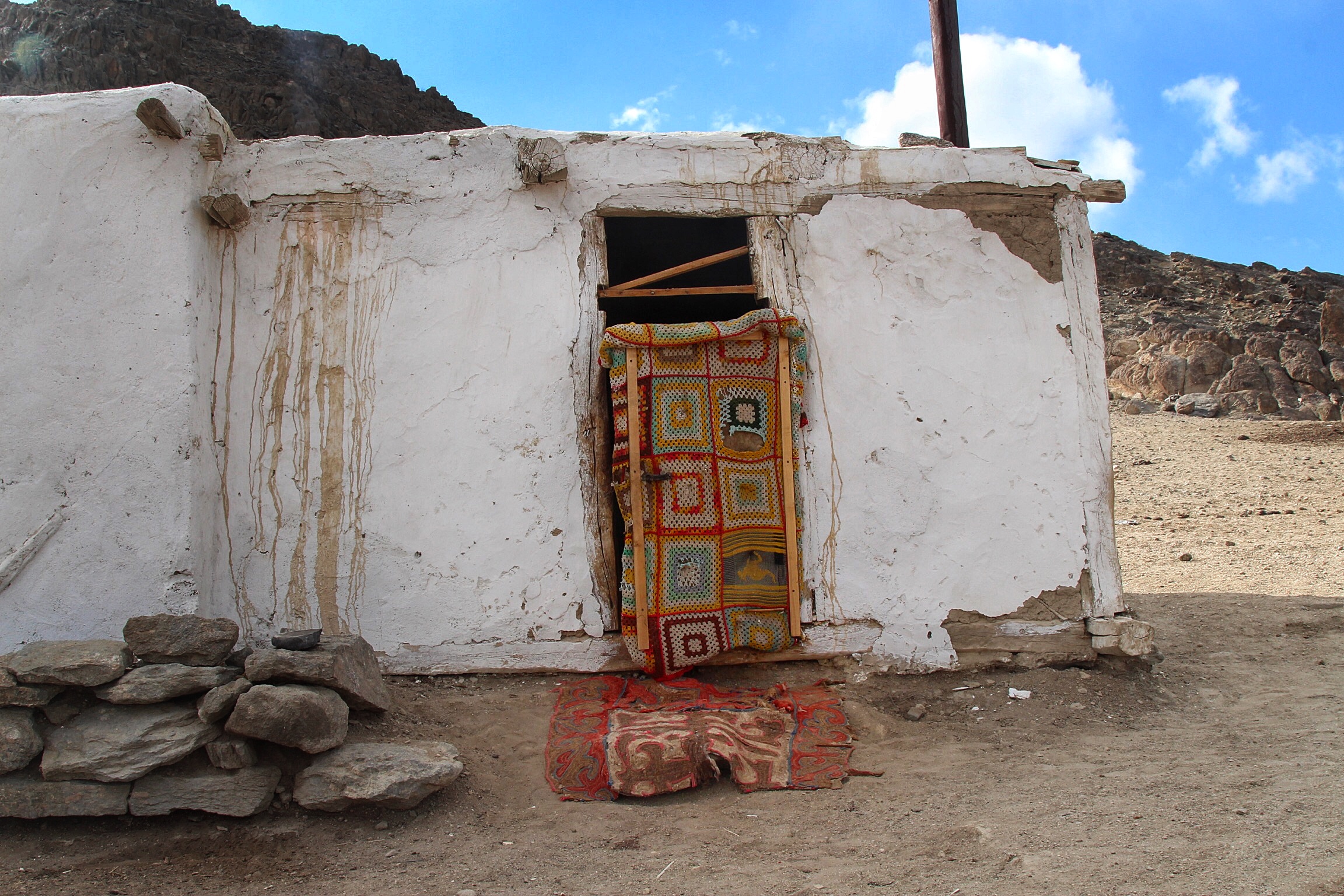
EAT
I expected to enjoy the experience of eating in the ger Camp more than the food itself, but thanks to Altai Expeditions outstanding cooking team, this was not the case. The Mongolian cuisine is very focused around meat consumption, particularly that of horse, yak, beef, sheep and even camel. The Mongolians prefer not to eat baby animals so most of the sheep is mutton due to this preference. While mutton, root vegetables and yak/horse milk dairy variations are the staples of nomadic life I was able to enjoy a bit more variety while in rural Mongolia. Our team prepared for us hot tea at all hours of the day, homemade Mongolian noodle dishes, simple soups, local style barbecued meats and some nice salads. Morning meals consisted of fried and boiled eggs, hot dogs and a fry bread.
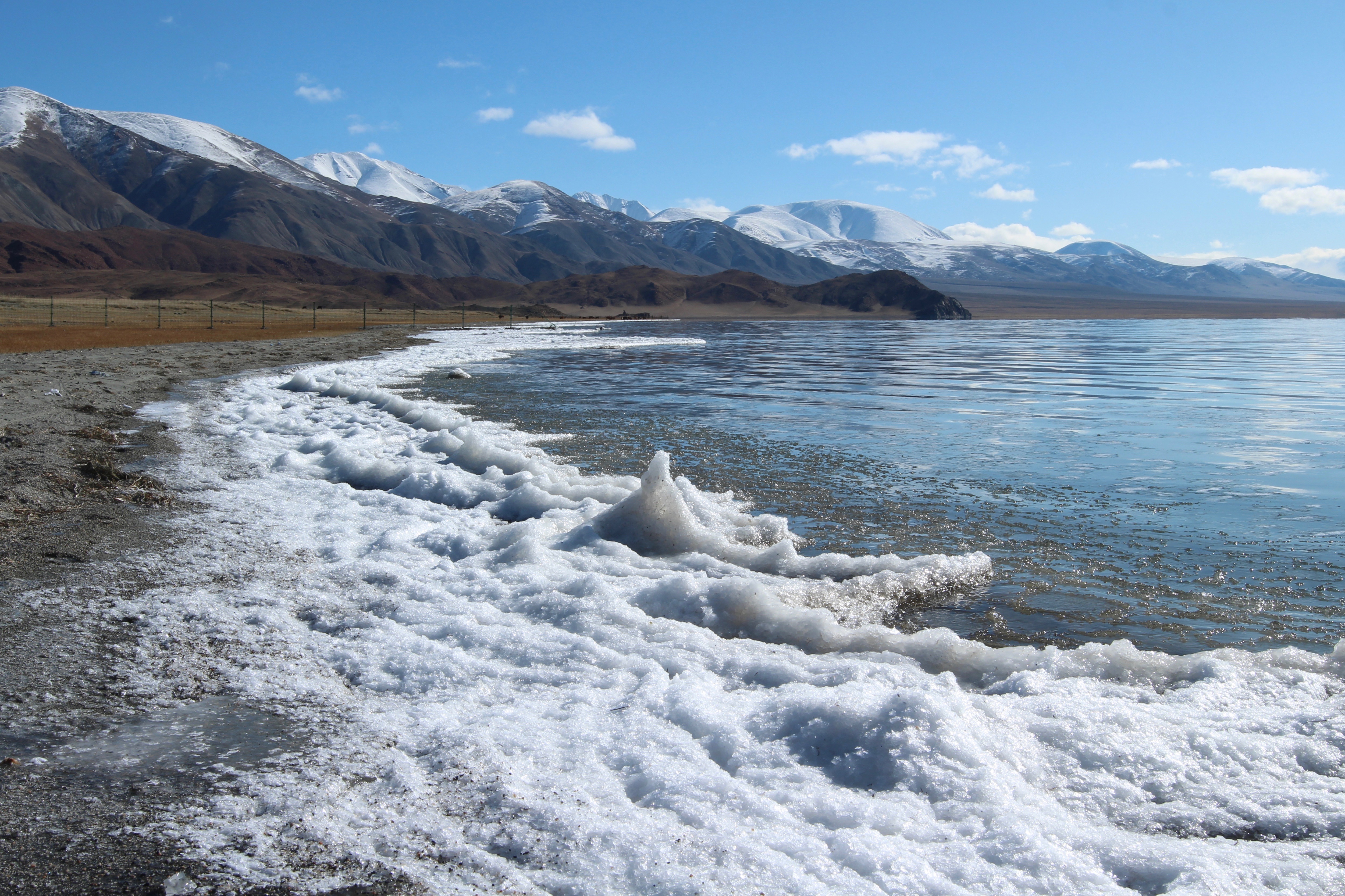
Traditional foods in Mongolia include lots of handmade noodles and mutton. A famous and popular drink in the countryside is Airag, which is fermented mare’s milk. While at Aioshlpan’s house, I had the opportunity to sample this along with several horse milk made cheeses. Buuz is a Mongolian dumpling fried and stuffed with mutton or beef that seems to be another local favorite. We ate at a few restaurants both in Ölgii and Khvod, none of which are worth mentioning. In Ölgii I would however check out the local Turkish Restaurant and the coffee shops.
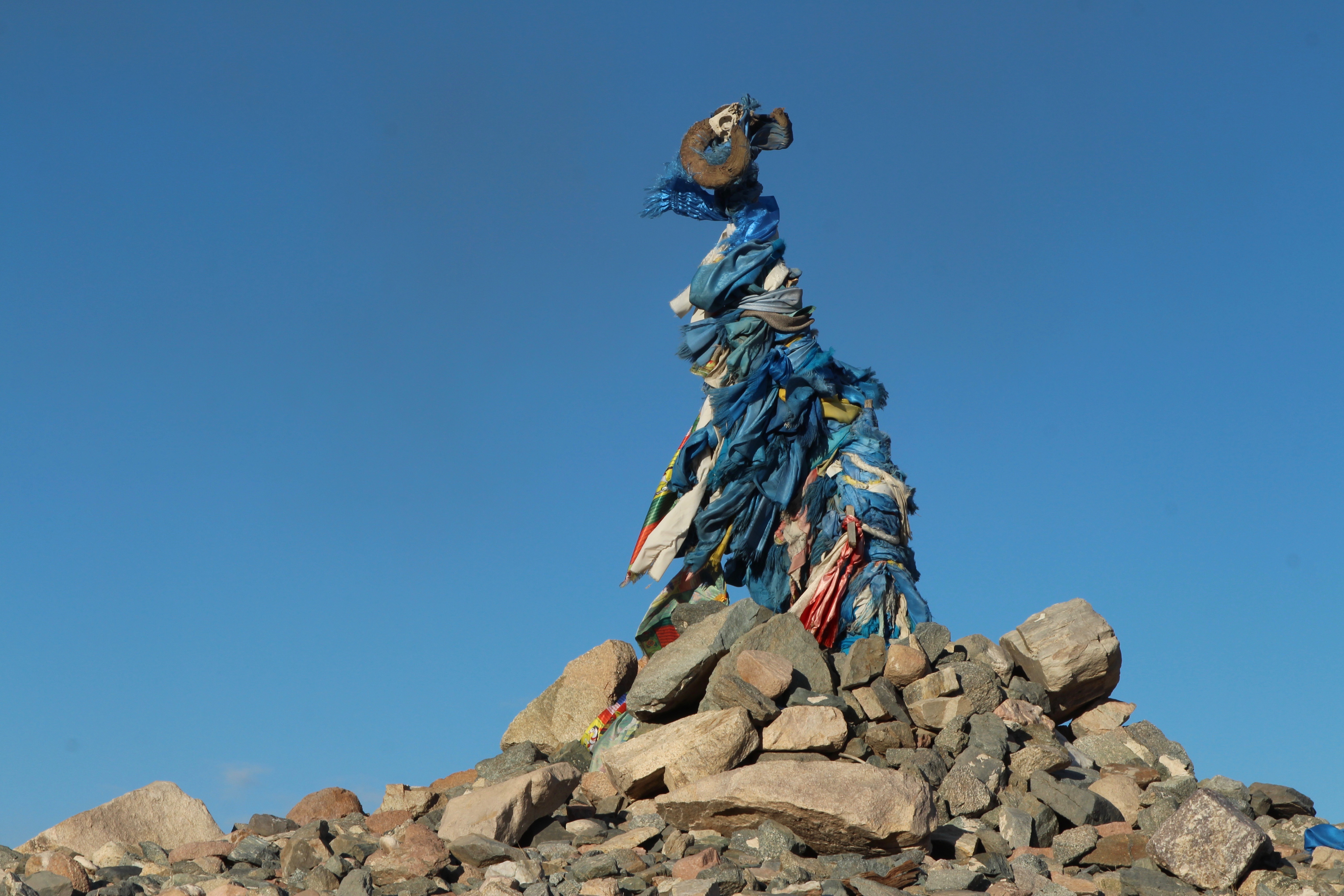
Mongolia is a place I plan to return to. I would like to make a future visit to spend time with the Reindeer people, the nomadic Dukha hearing culture in the north. There are several other fascinating festivals I’d like to attend here as well, namely Naadam (“the three games of men”) which features Mongolian wrestling, horse racing, and archery midsummer. The Tsagaan Sar (Mongolian Lunar New Year is also supposed to be quite wonderful to attend.
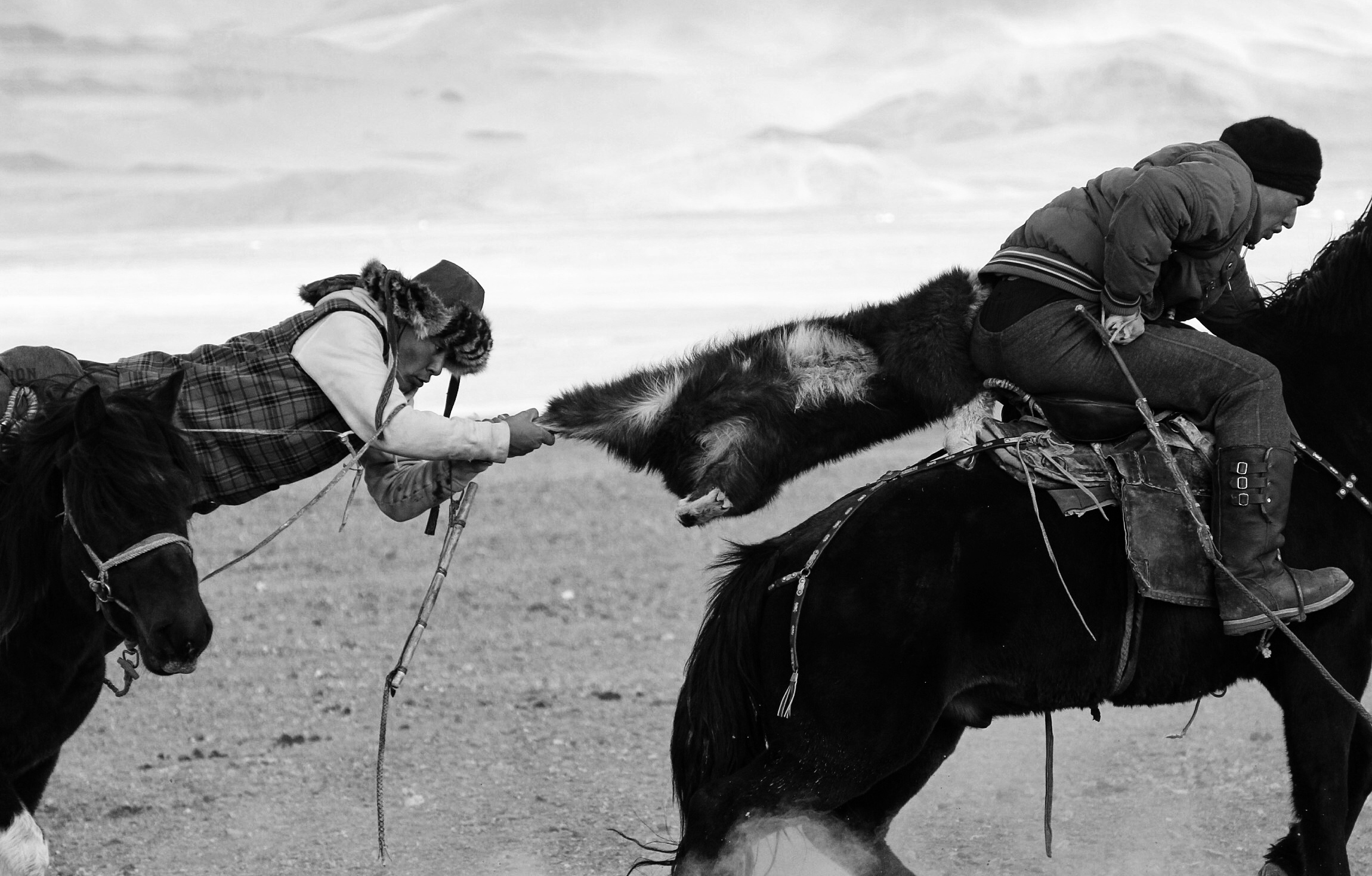
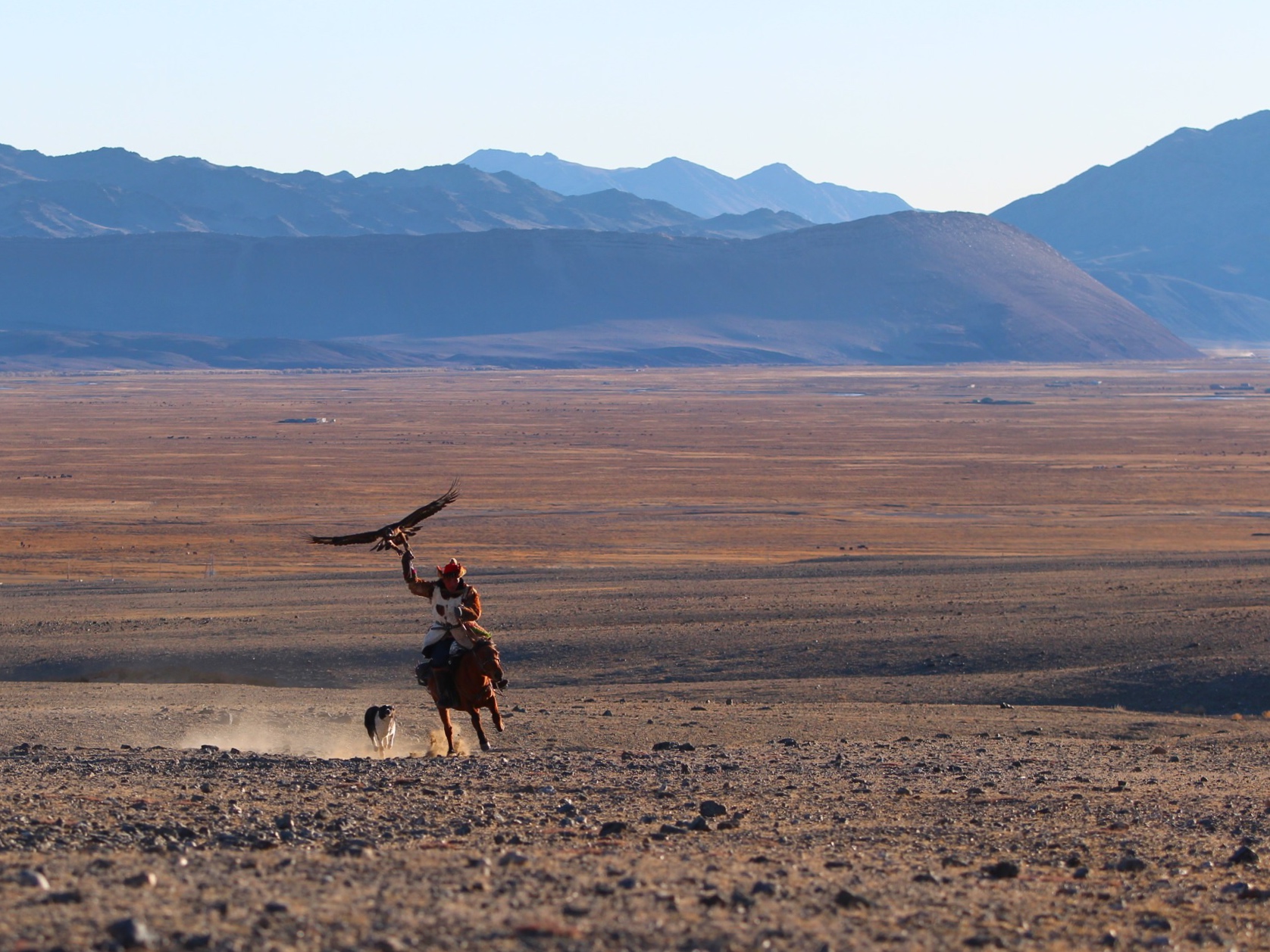


 RSS
RSS